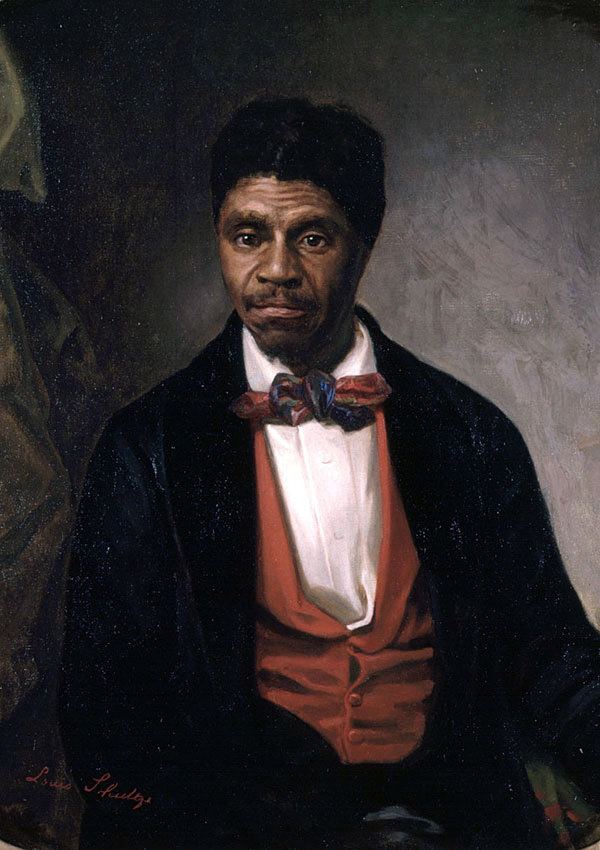 | ||
This timeline of events leading up to the American Civil War describes and links to narrative articles and references about many of the events and issues which historians recognize as origins and causes of the Civil War. The pre-Civil War events can be roughly divided into a period encompassing the long term build-up over many decades and a period encompassing the five-month build to war immediately after the election of Abraham Lincoln as President in the Election of 1860 which culminated in the Fall of Fort Sumter (April 1861).
Contents
- 1860 election November 6 1860 to fall of Fort Sumter April 14 1861
- Aftermath 1861 Further secessions and divisions
- References
Since the early colonial period in Virginia, slavery had been a part of the socioeconomic system of British North America and was recognized in the Thirteen Colonies at the time of the United States' Declaration of Independence (1776). Since then, events and statements by politicians and others brought forth differences, tensions and divisions between the people of the slave states of the Southern United States and the people of the free states of the Northern United States (including Western states) over the topics of slavery. The large underlying issue from which other issues developed was whether slavery should be retained and even expanded to other areas or whether it should be contained and eventually abolished. Over many decades, these issues and divisions became increasingly irreconcilable and contentious.
Events in the 1850s culminated with the election of the anti-slavery-expansion Republican Abraham Lincoln as President on November 6, 1860. This provoked the first round of state secessions as leaders of the Deep South cotton states were unwilling to remain in a second class political status with their way of life threatened by the President himself. Initially, the seven Deep South states seceded, with economies based on cotton (then in heavy European demand with rising prices). They were Alabama, Florida, Georgia, Louisiana, Mississippi, South Carolina and Texas. After the Confederates attacked and captured Fort Sumter, President Lincoln called for volunteers to march south and suppress the rebellion. This pushed the four other Upper South States (Virginia, North Carolina, Tennessee, and Arkansas) also to secede. These states completed the formation of the Confederate States of America. Their addition to the Confederacy insured a war would be prolonged and bloody because they contributed territory and soldiers.
1860 election, November 6, 1860 to fall of Fort Sumter, April 14, 1861
Aftermath 1861: Further secessions and divisions
Several small skirmishes and battles as well as bloody riots in St. Louis and Baltimore took place in the early months of the war. The Battle of First Bull Run or Battle of First Manassas, the first major battle of the war, occurred on July 21, 1861. After that, it became clear that there could be no compromise between the Union and the seceding states and that a long and bloody war could not be avoided. All hope of a settlement short of a catastrophic war was lost.
